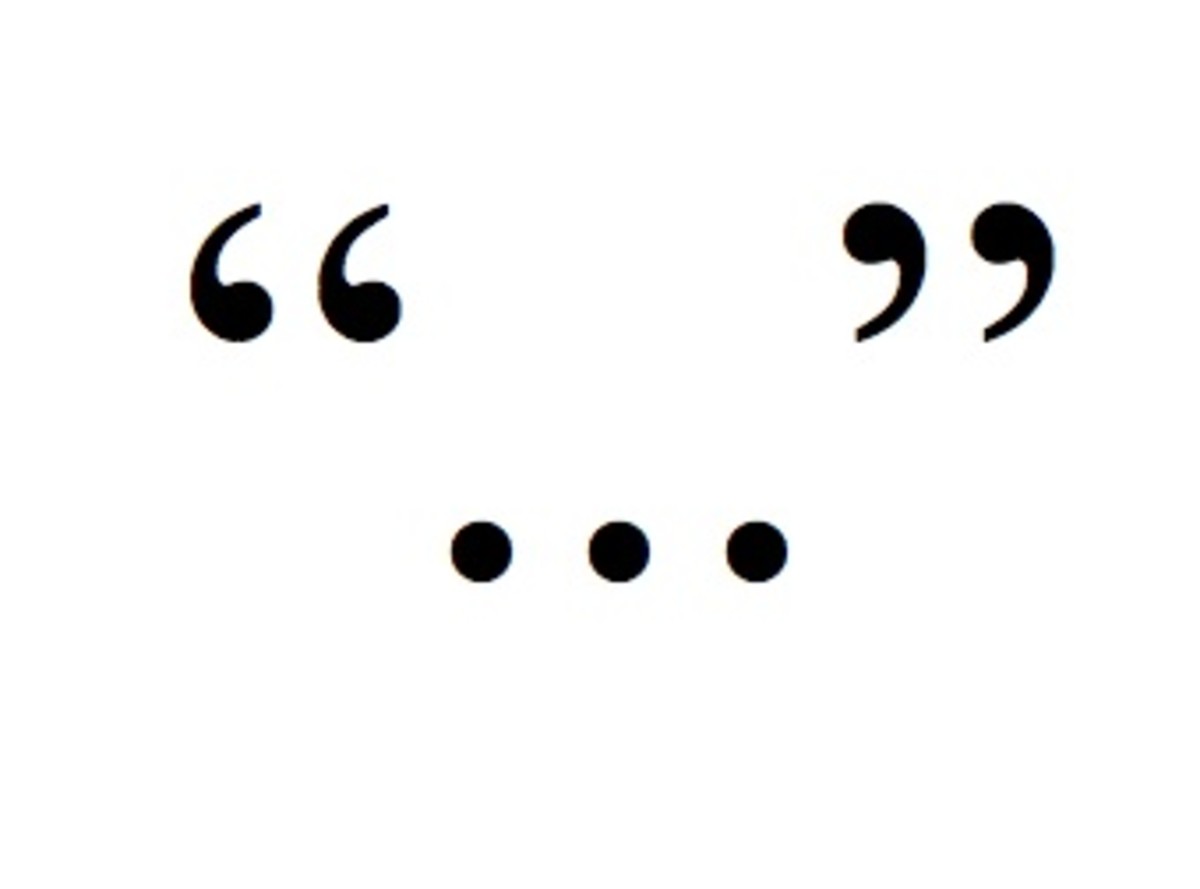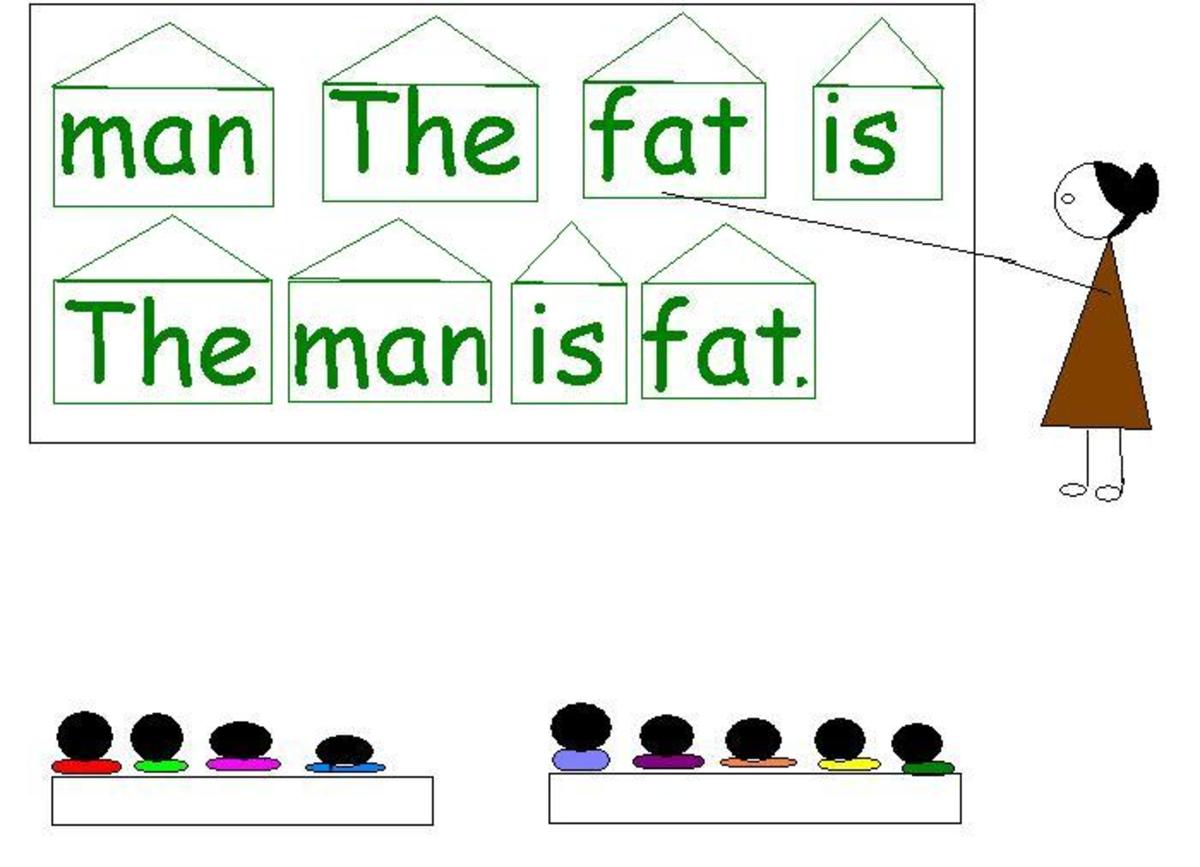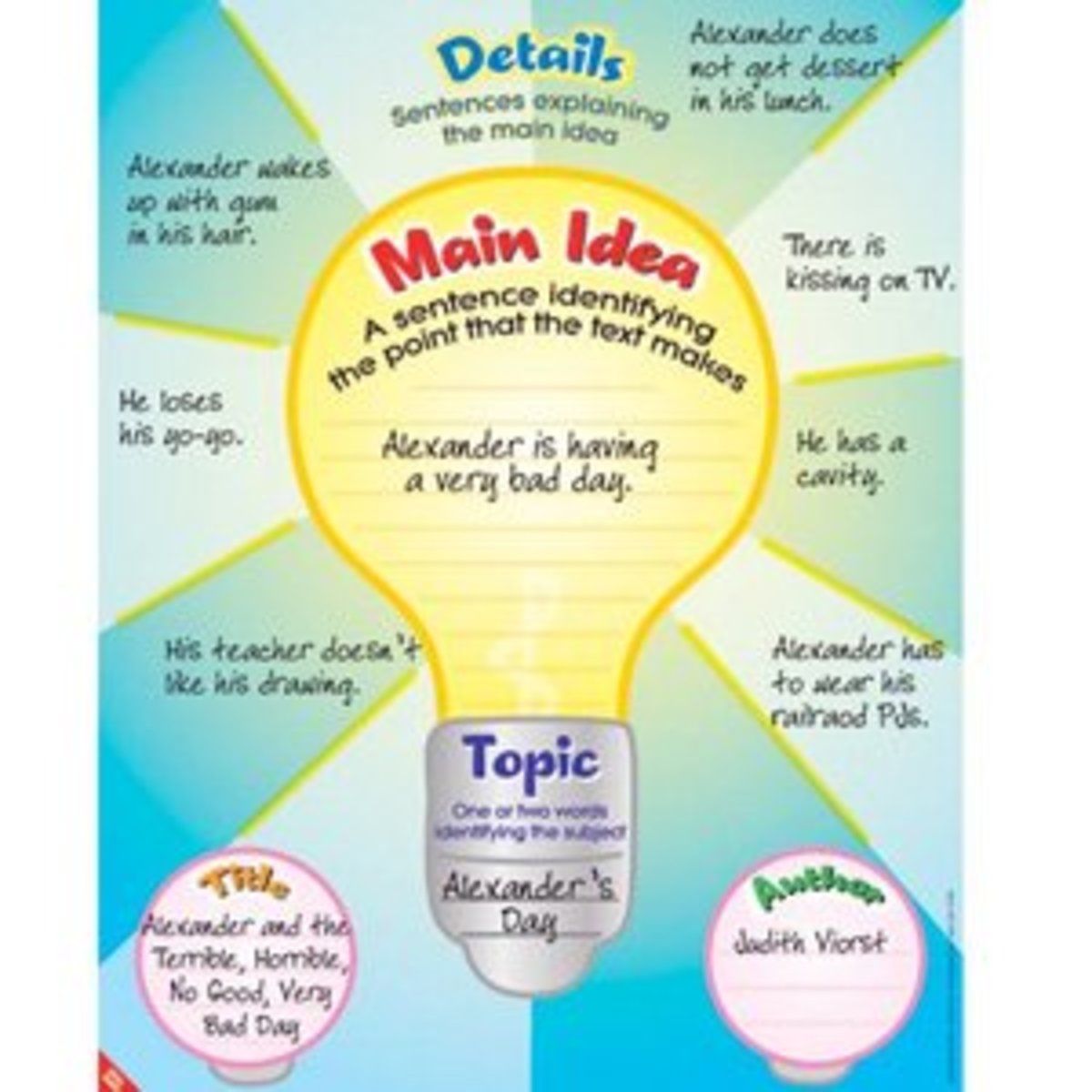How to Avoid Sentence Fragments

Sentence Fragments: A Definition
You are probably here for one reason. You have received the dreaded "sentence fragment" comment on one of your graded essays. This comment also appears under other forms such as "fragment" and "incomplete thought." But you may be unclear about why this is an error, how to correct this error, and how to avoid it in the first place. Let's start with a definition of a sentence fragment. A sentence fragment is, in short, an incomplete thought. "But what does this mean?" you ask. It means that when someone is reading your sentence, they feel as if you haven't finished saying what you wanted to say. Let's say that someone has written this sentence in an essay:
After he went home.
When I read this sentence, a question pops up in my mind. After he went home, he did what? Take a look at this example, too:
Since she didn't like beef.
What question occurs in your mind when you read this? Since she didn't like beef, she liked what? Or since she didn't like beef, she ate what? Here is one more example:
Waiting to go home.
In this case, you may ask, "Who is waiting to go home?" So, the lesson here is that fragments leave your readers guessing. It is as if you were having a conversation with someone and, mid sentence, you stopped speaking and walked away. Needless to say, this can cause some confusion for readers of your essay.
Identifying Complete Sentences
So now you know what the idea of a fragment is. Let's get down to discussing how to recognize a fragment when you see one. One basic rule is essential to know when looking for sentence fragments. The rule is:
A sentence always has a subject and a verb.
A subject, as you may recall, is any person, place, thing or object that performs the action in a sentence. It is the thing/person that is doing something in the sentence instead of having something done to it/him/her. Here is an example:
The cow jumped over the moon.
What jumped in this sentence? The cow jumped. However, the moon performed no action. It didn't seem to be doing anything, so it can't be the subject..
A verb is the action that the subject performs. Let's revisit, "The cow jumped over the moon." What was the cow doing? The cow jumped. That is the activity being performed.
Another way to identify a verb is to determine whether or not a word can change tense. If it can, it is a verb. Try the word "grasp." Can we add -ed to that word, making it past tense? Yes, we can. For example, we can say, "He grasped the handle." Can we put that word in future tense? We can easily say, "He will grasp the handle." Thus, the word changes in order to show point in time. If a word changes according to the point in time, you know that this word is a verb.
Thus, a subject and a verb go together to create a complete sentence, aka a complete thought. To tie this all up in a neat bow, look at the following example. Is it a complete thought?
He writes.
First of all, we do have a subject: "he." "He" is also performing an action: "He writes." This sentence is complete even if it only consists of two words.
Correcting Sentence Fragments
Now that we know what a sentence fragment is and what a complete sentence is, it is time to hunt down those sentence fragments and start correcting. Let's start by first looking for sentences that are missing a subject. Look at the following examples. Which one is a complete sentence?:
1. While driving home.
2. In the front yard.
3. He stayed out.
If you guessed number three, you guessed right. Let's look at why number three is the correct answer.
First of all, number one is missing a subject. Why? Because we don't know who is performing the action; who is driving home? Number two is missing a verb. Is there a word in there that changes when we put it in past tense? No. We can't put "yard" in past tense and say "yarded." The same goes for the word front. But for question three, we know who the subject was and we know what action he was performing.
Now here is the catch. Sometimes a sentence fragment is not so easy to spot. Sometimes we can put a word in front of a complete sentence that automatically makes that sentence a fragment. That word is called a subordinator. Here are some examples of subordinators: even though, since, and before. Let's put some subordinators in front of a few complete sentences.
Since he went home.
Before she completed her homework.
Even though they wanted more options.
Even though each of the sentences above include a subject and a verb, they are not complete sentences. This is because they become dependent clauses when we put subordinators in front of them. In short, these dependent clauses depend on more information to make them whole. The only way to make them complete sentences, is to add another complete sentence to them.
Since he went home, he missed the final performance.
Before she completed her homework, she watched a movie.
They were only given two choices even though they wanted more options.
So, here's the good news. Most of the sentence fragments in your essay are dependent clauses looking for a sentence to belong to. Look at the sentences that come before or after the clauses. Should the dependent clauses be joined to one of those sentences? Ninety-nine percent of the time, this is the case. Now you are ready to start revising!








